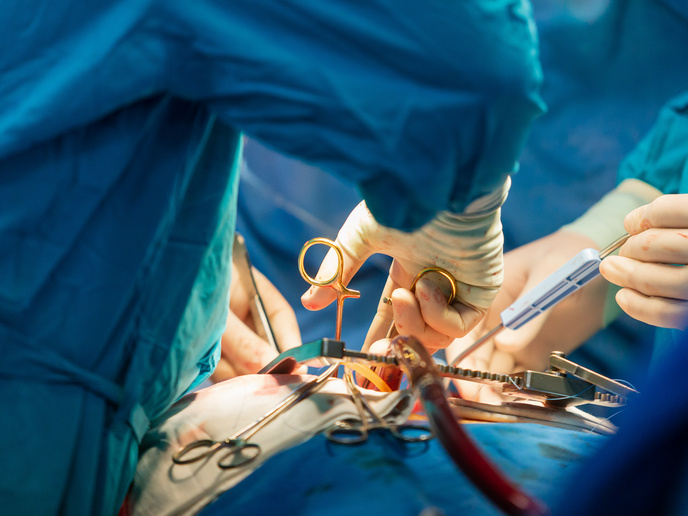Applying 3D tissue printing to treat liver disease
Liver disease, which accounts for 2 million deaths globally every year, presents a significant challenge to healthcare services. Treatment depends on the type of liver disease a patient has – hepatitis or cirrhosis for example – as well as the severity of the condition. “Treatment might start with lifestyle modifications such as reducing alcohol consumption or adopting dietary changes,” explains ORGANTRANS project coordinator Gilles Weder from CSEM in Switzerland. For end-stage liver disease however, the only solution is often a transplant. Only 10 % of global transplantation needs are currently being met.
From sourcing cells to tissue engineering
The EU-funded ORGANTRANS project sought to address this clinical need with a 3D tissue printing platform. This platform is made up of key technology blocks, running from sourcing cells through to tissue engineering. When combined, these blocks could enable scientists to grow functional new tissue. This tissue would then be grafted onto the liver, thus avoiding the need for a full organ transplant. “Our target patient would be someone with chronic liver disease, but who has some residual healthy tissue from where we can extract the cells we need,” adds Weder. The first step in this process was to identify and extract healthy adult stem cells from the patient’s liver. These cells were then grown in organoids – miniaturised and simplified versions of the liver tissue. These organoids – a few hundred micrometres in size – were assembled and then sorted in terms of quality and viability. Three-dimensional bioprinting uses 3D printing-like techniques to combine these organoids and biomaterials, in order to fabricate biological tissues. An important final step was the development of blood vessels around the grown liver tissue, in order to bring oxygen and nutrients.
Viability of combining tech building blocks
ORGANTRANS achieved success at two levels. Firstly, the project team demonstrated the viability of combining these individual building blocks and processes to create viable liver grafts. “We were able to assemble these technologies and develop a specific workflow,” says Weder. Further development and clinical testing will now be required before this innovation can be brought into clinical settings, and begin helping patients with end-stage liver disease. In the meantime, the project has succeeded in establishing several building blocks as viable stand-alone products, with potential in other related fields. Organoid sorting for example could be used for drug testing and disease modelling. The bioprinting technology also has commercial potential. “If you can print liver tissue, then maybe you can also print some skin tissue,” remarks Weder. Several project partners are now looking to bring these technologies to market.
European expertise in tissue engineering
The ORGANTRANS project has helped to build up European expertise in tissue engineering, and established liver grafts as a viable future therapy. To make this a reality, the gap between successful lab research and commercialisation must now be bridged. This will require pharma industry involvement, and further research funding. “An important issue is scalability,” explains Weder. “In this project, we were able to construct a one centimetre cube of liver tissue. The liver is a big organ, so we will need more materials, and more organoids, to make successful liver grafts.” Weder and his team hope to address this as a next step, and intend to submit a proposal next year for a project on bio-printing of living cells for regenerative medicine.
Keywords
ORGANTRANS, liver, disease, 3D printing, medicine, organoid, cells

